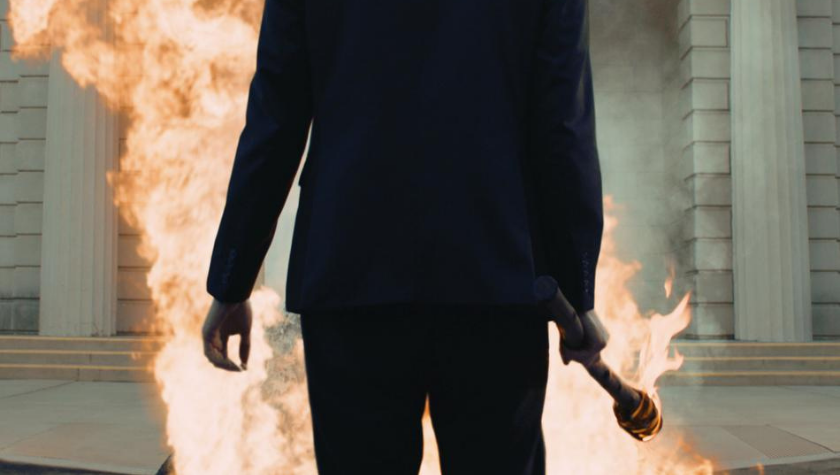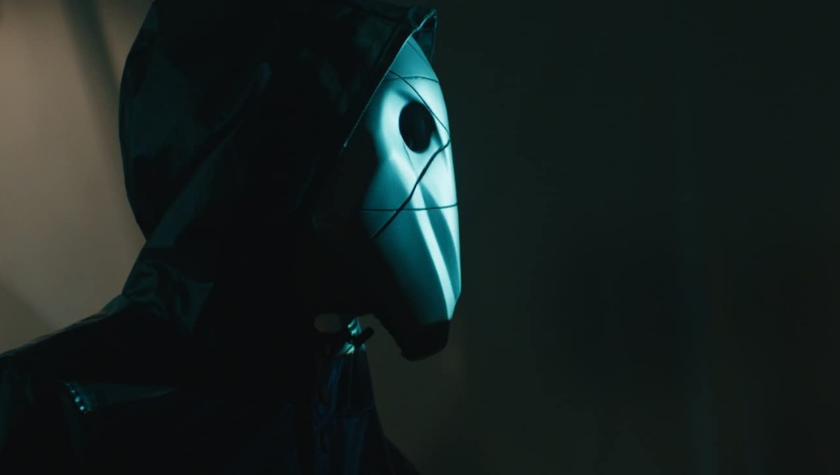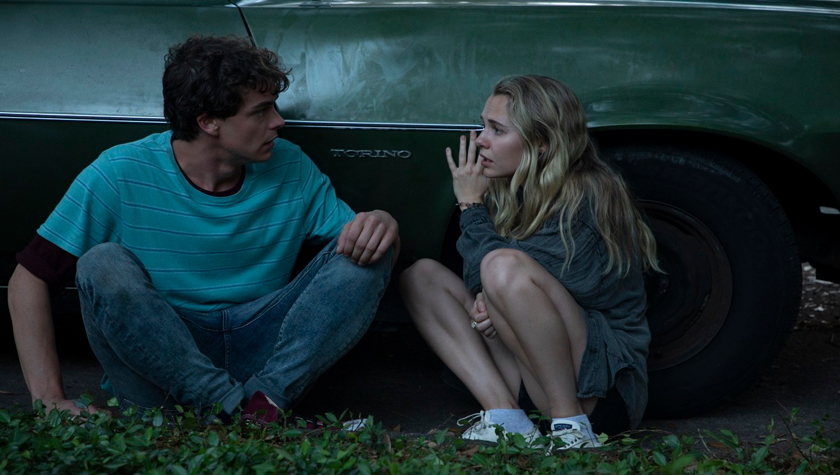Writer-director Nathalie Biancheri on species dysmorphia in 'Wolf'
November 24, 2021
Jacob, no last name, (played by the insanely riveting George MacKay), is sent to a rehab clinic to cure him of his belief that he is a wolf in human form. While there, he ends up meeting a young woman (Lily-Rose Depp) who believes she is a wildcat. The two form a romantic relationship and begin planning their escape to live wild and free outside the clinic walls.
I had the pleasure of speaking with writer-director Nathalie Biancheri about her high concept drama, and just where the idea for the concept stemmed from.
“I had seen a little news piece about a girl who thought she was a cat and it brought up the syndrome Species Dysphoria, which I didn’t know anything about. I discovered that it was on the rise with teens and found it super interesting. I come from a background in documentaries, so at first, I thought I would do something on the subject within that framework. But then I wanted to explore what would lead you to that; is it a need to establish an identity? On the other hand I thought, maybe you don’t choose and some people have identified with their animals since birth and wanted to ask what would that mean. So I created a world where I could explore both of those questions through different characters.”
In terms of building characters, Biancheri had to build both the human side and animal side in the script.
“It was different for everyone. For George, his wolf character is thinner on the page. So much of Jacob was built along with George. He’s a wolf. I don’t know what it means to feel like a wolf and be a boy. It was a whole new process. With the other characters like Wildcat, I knew I wanted her to be different from Jacob, so I wrote that her cat persona has stemmed from being institutionalized. For the smaller characters, I instinctively created Duck, German Shepherd, and Parrot," Biancheri says. "In the writing phase, you often make abrupt decisions, but sometimes they stay for all the drafts and edits. They come from something. The secondary characters really chose to be an animal, unlike Jacob who was born one."
The process for developing the ninety-eight-minute drama happened in steps, according to Biancheri.
“The first step was this vomit small treatment, then it went into something longer. Then, it went into fleshing out all the characters. It was kind of working backward from there and discovering who these people and their animals were.”
As both writer and director on the film, Biancheri always knew how Wolf was going to end. (Spolier Alert ahead!).
“With this film, it wasn’t like my first one; the ending was a hundred percent what I knew it would be. Ultimately, yes there are many themes, but the overriding one is personal freedom, so I knew he had to run into the wild. I also knew that Wildcat couldn’t go with him because I knew she wasn’t a wildcat,” says Biancheri.
When asked what advice would she give her younger writer self, Biancheri offered up some wisdom that all screenwriters can benefit from.
“Learn to despair less. If you’re telling things from a position of truth and it hooks you enough to do something for five years, then have a little faith.”
Written by: Sade' Sellers
Sade Sellers is a screenwriter and producer based in Burbank, California. Originally from Michigan’s capital, Lansing, Sade’ has been working in the entertainment industry since 2009. In 2017, Sade’ was a finalist for Tv One’s Screenwriting competition for her teleplay The Replacement. This achievement motivated the network to hire her as a writer for their upcoming movie of the week event, Deadly Dispatch, which premiered on the platform in the summer of 2019. Through that production process, Sade’ met casting director Leah Daniels-Butler who was in the midst of staffing her production company, 1oneninety5. Sade’ then rose to the role of Vice President of Content Acquisitions and Development and spent the next year learning the ecosystem of film and television development from pitching to production. Using that experience, and bound at home due to COVID-19, Sade’ made a return to her first love, screenwriting, utilizing her free time to write new content. www.sadesellers.com



